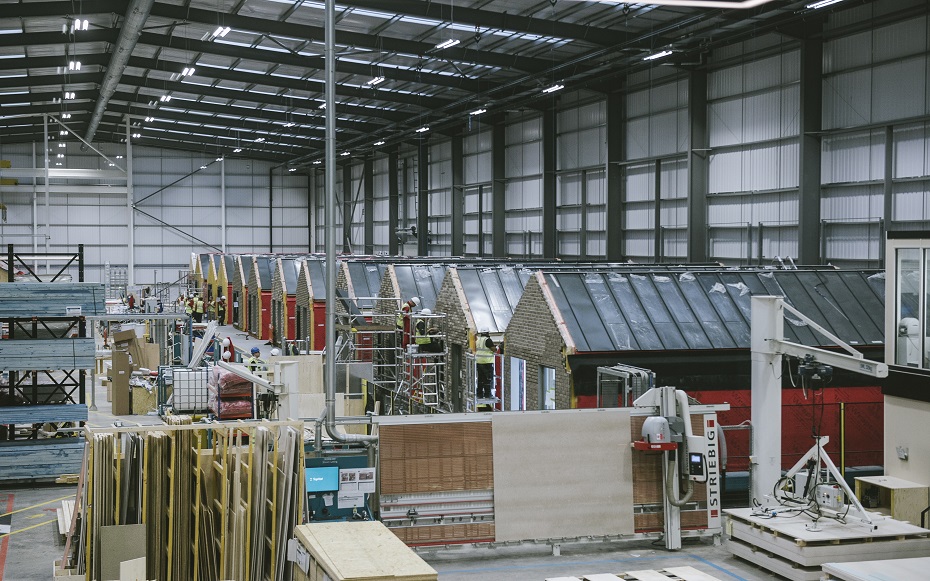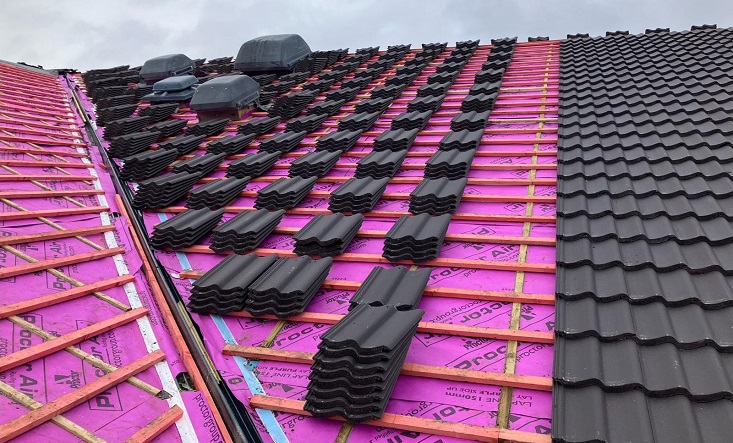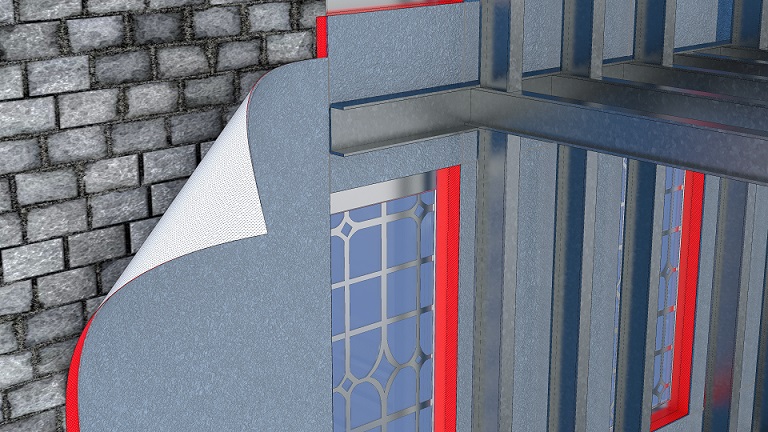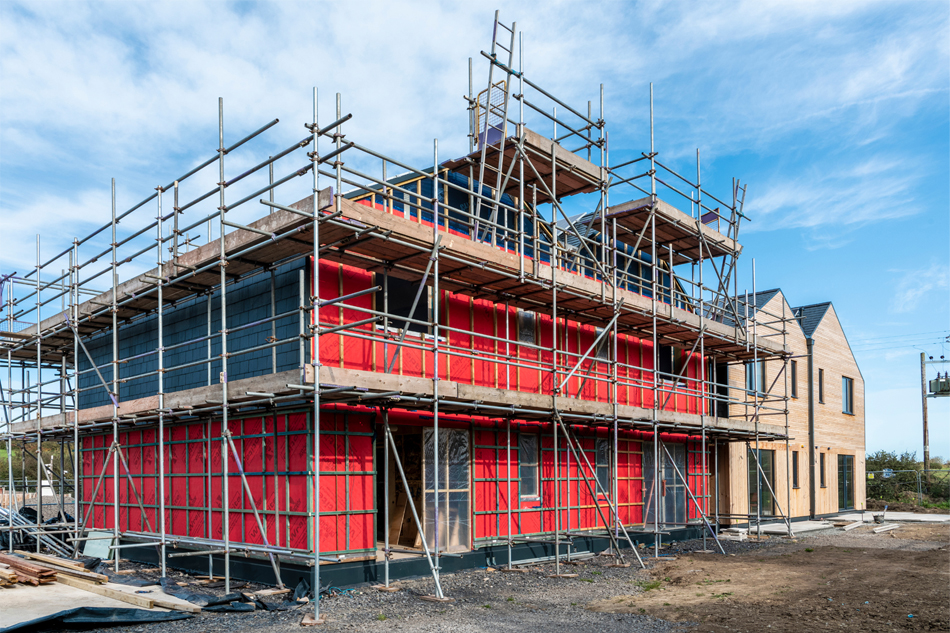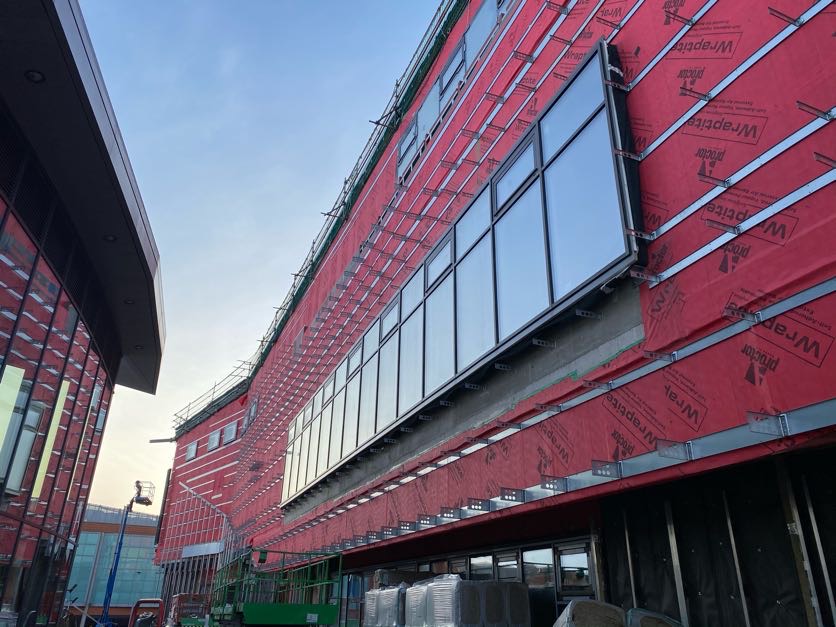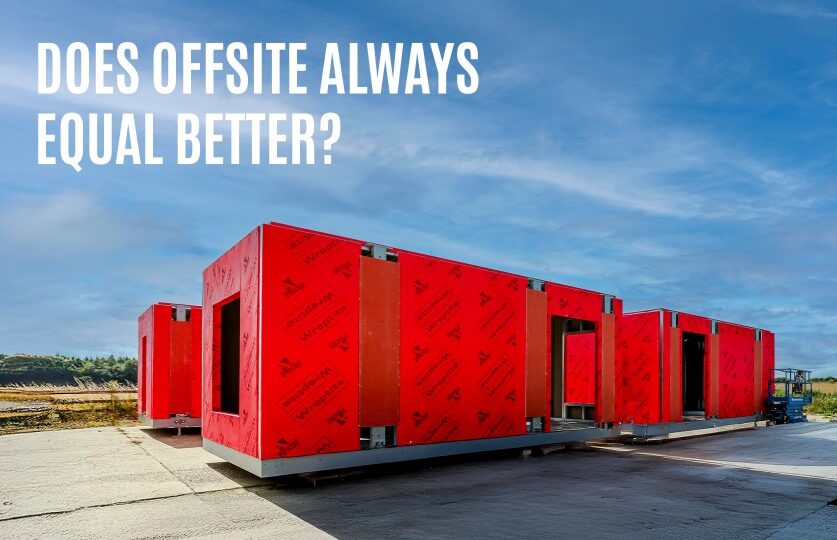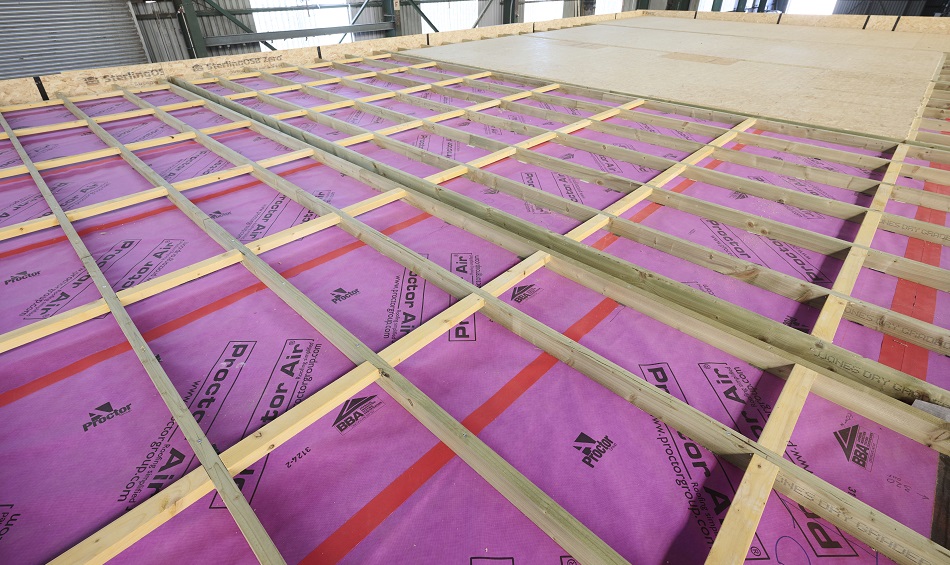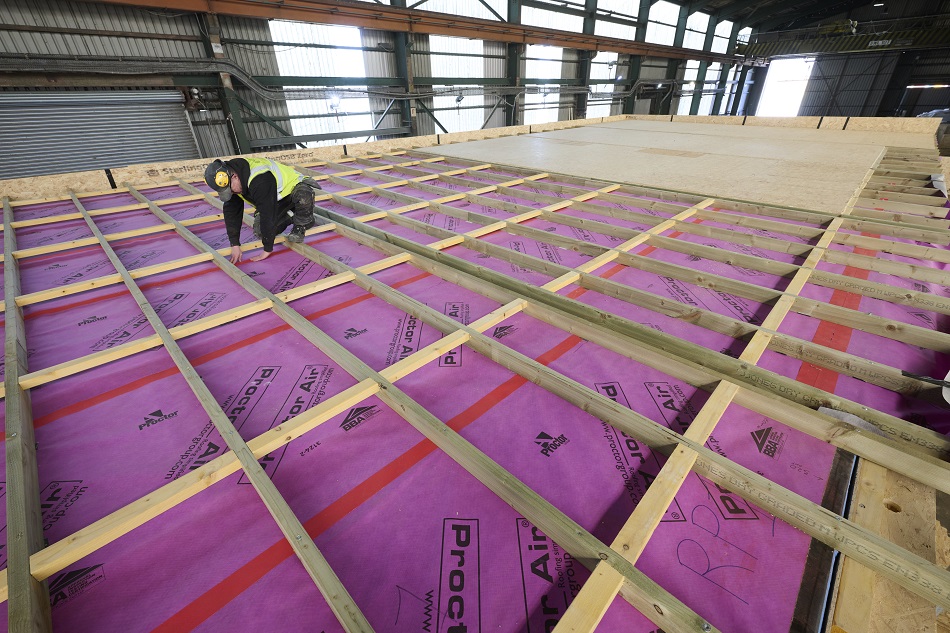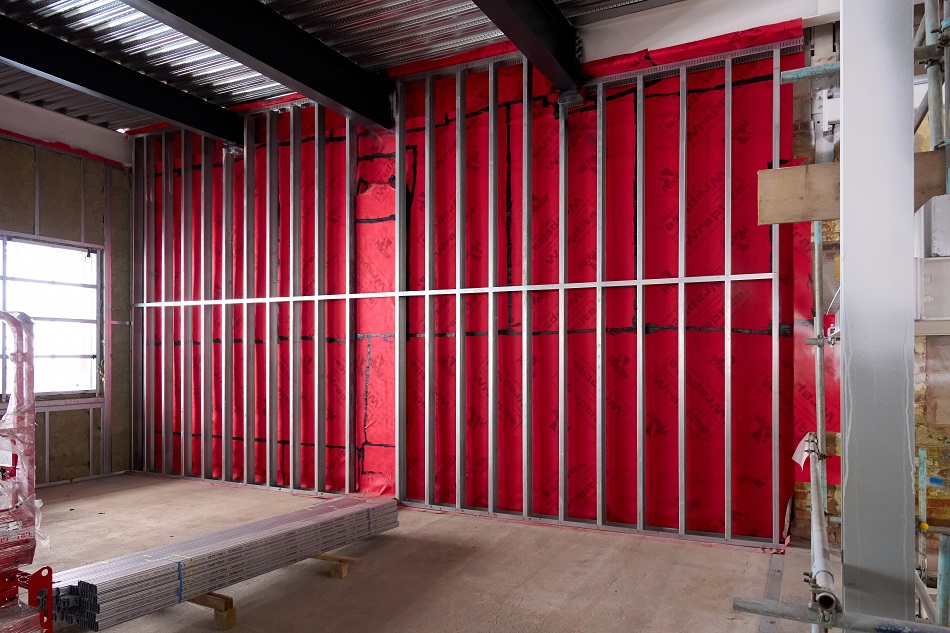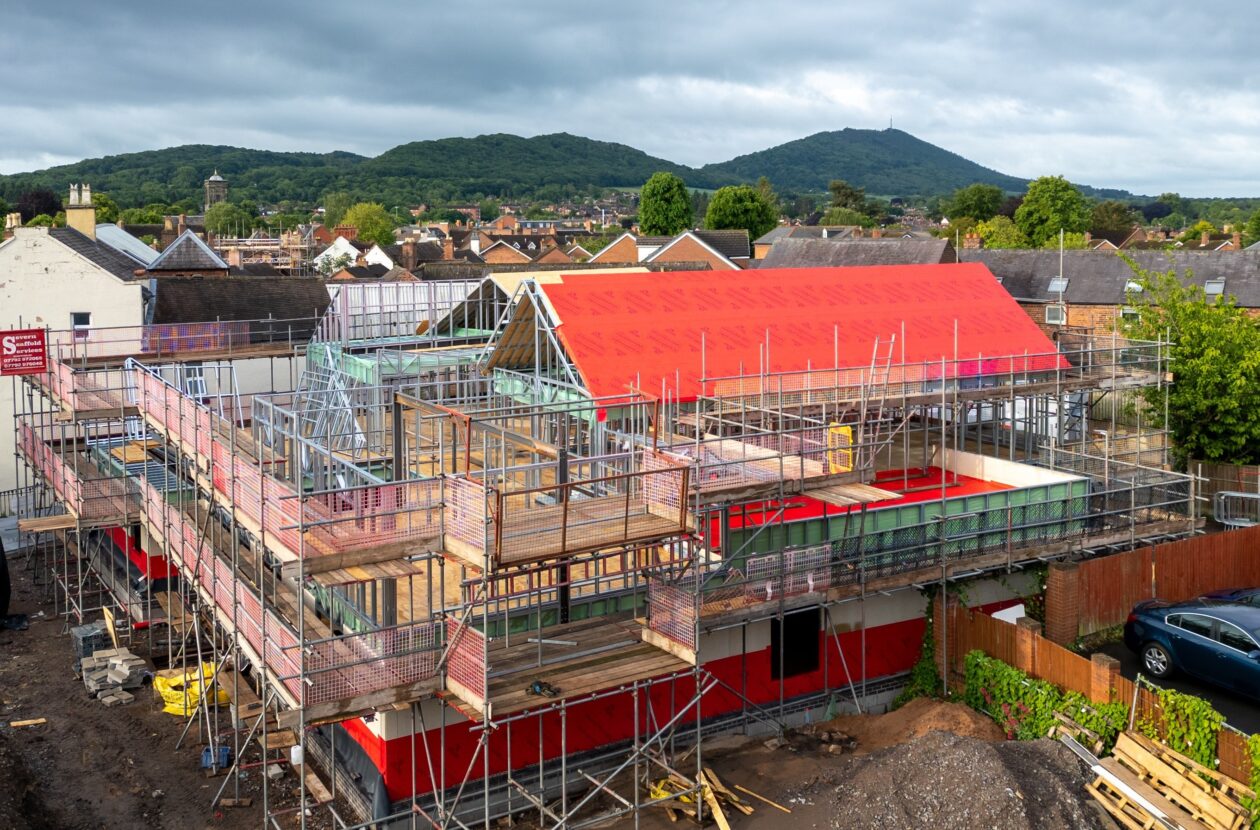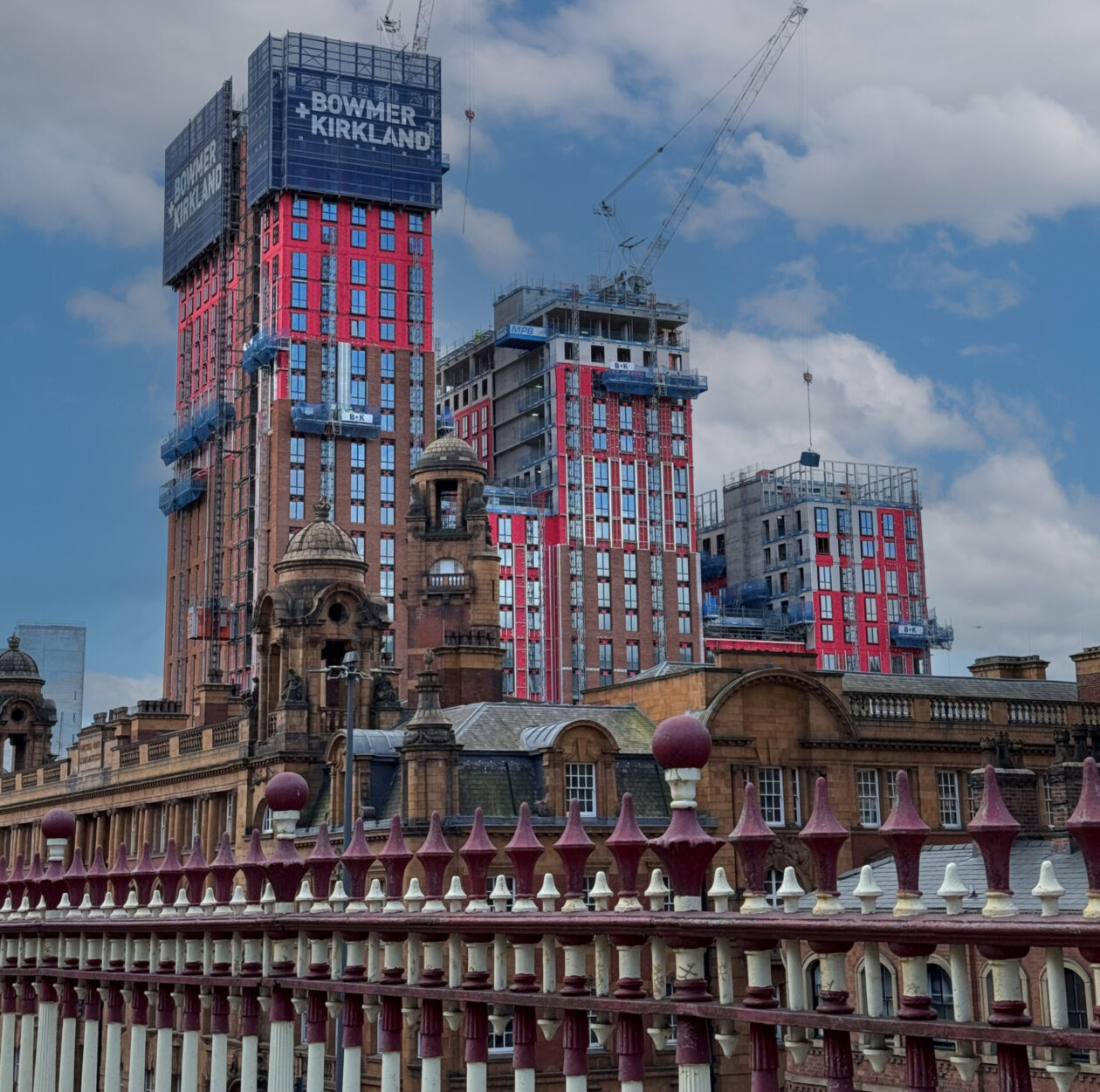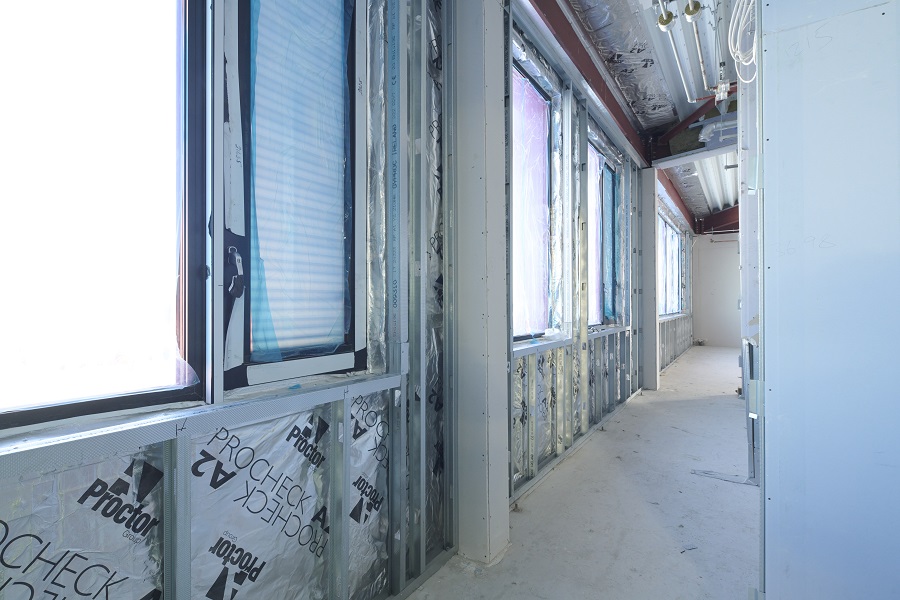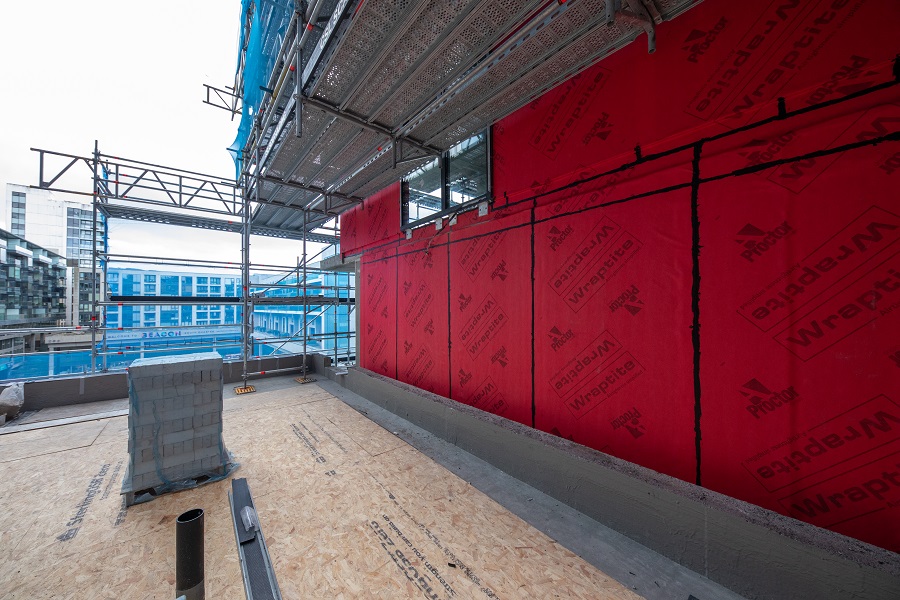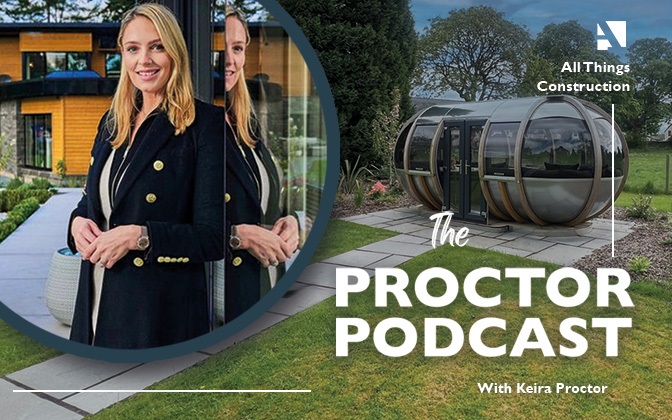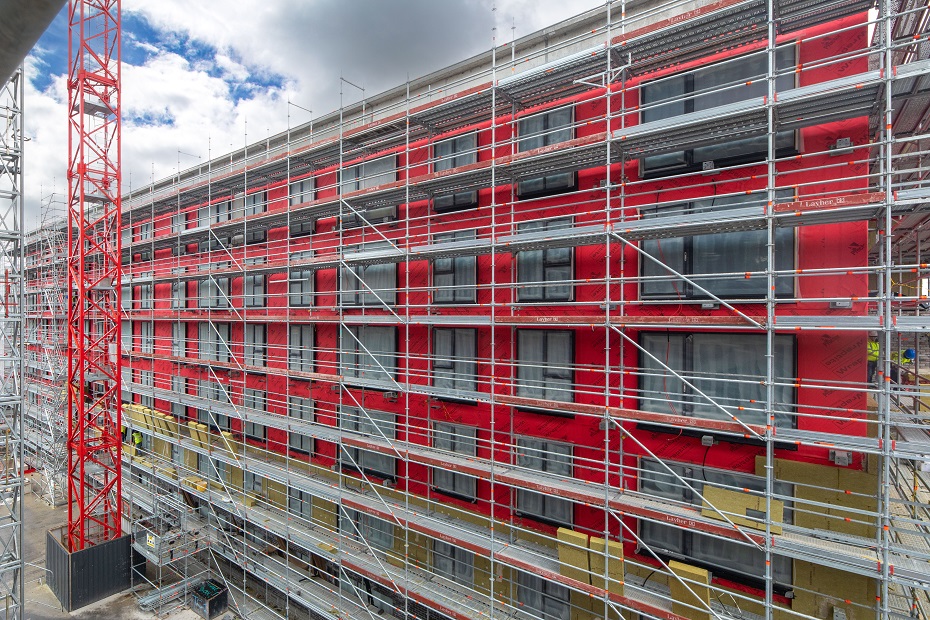Look at any offsite manufacturing process – be it the size of the facility, the cleanliness, or the care taken in handling and moving modules – and it is clear we’re talking about something that is, and should be seen as, a quality product.
Of course, cost-effectiveness is desirable, and will likely be achieved over time via scale. But the modern offsite industry is still relatively nascent, and runs into issues when it tries to scale quickly. All of which makes us wonder: is the sector trying to run before it can walk? And does aiming for cheaper hint at a possible misjudgement?
Value engineering and cost saving is a crucial aspect of any business strategy to enhance profitability and remain competitive in the market. Modular and offsite businesses looking to grow in a competitive sector are no different. However, the pursuit of cost savings is not without its risk, and it is important to remember that modular and offsite construction is the answer to our problems.
Beauty is more than skin deep (but first impressions count)
The first meaningful encounter some clients and contractors have with offsite modules is when they’re delivered for installation.
Shrink-wrapping and taped-on membrane systems have been the common approach to protecting manufactured modules, but storage, handling and transportation can all cause damage. The result is modules arriving on site with plastic wrapping or membranes dangling off and flapping around in the wind.
Presentation is key. People want to see something good and instead are presented with a terrible visual that doesn’t represent the quality of the product being handed over.
We’ve all received goods in the post where the packaging is damaged, and felt the instant worry about the products inside. In the offsite sector those feelings are exacerbated, reflecting the challenge of operating in the sector.
Even without bad press to counter, insurance and warranties are harder to obtain. That is compounded by clients making greater demands on modular companies than they would if taking a more ‘traditional’ procurement/construction route.
Wraptite®: a solution that offers more than just protection
Little wonder, then, that companies are going the extra mile to try and avoid negative perceptions. We’re seeing more and more companies using products like our self-adhesive Wraptite® membrane to serve not only as the external air barrier, but also as protection for the module during storage and transport.
Occasionally, companies don’t understand the full range of benefits they get from using Wraptite. As well as protection, it offers a simplified external airtightness line that eliminates difficult detailing internally around plug sockets, pipe work and other penetrations. It offers vapour permeability and water hold out too.
Crucially, it is a solution to making any offsite panel or module a product to be proud of when delivering to clients.
Taped-on membrane solutions in construction have a tendency to come unstuck. Wraptite is a self-adhesive membrane with full adhesion to the substrate behind, while preventing moisture passing through or air leaking out.
Using measurement tools to address challenges when storing completed modules
Quickly reel off the standard list of benefits associated with offsite construction and it reads something like: better quality, reduced labour, less waste, faster installation. Any number of projects show those things to be true. For example, a recent 101 home development in East Ayrshire was completed 18 weeks ahead of schedule.
Faster delivery and installation, however, can mean modules that have been manufactured and then stored. In the UK, there are many examples of offsite factories where modules have nowhere to be stored but outside (by contrast, equivalent European operations tend to include indoor space where completed modules can be kept from the elements).
Modules will have moisture that needs to dry out, but shrink-wrapping traps that moisture and can lead to condensation and mould growth in modules. Temporary flat roofs are needed to stop ponding water exerting excessive loads on the modules’ structures.
With all this potential exposure to external moisture, as well as trapped moisture needing to dry, the effects of storage on the performance of the finished building need to be understood. To that end, the A.Proctor Group technical team has found their knowledge of moisture movement modelling being put to new uses.
Numerical simulation of moisture movement and condensation risk is defined in BS EN 15026:2023 Hygrothermal performance of building components and building elements. Assessment of moisture transfer by numerical simulation. The method analyses heat, vapour and moisture transfer through a building element to give an accurate measure of temperature, relative humidity and water content within the element over a specified time period.
These calculations are often called WUFI® calculations, named for the Wärme Und Feuchte Instationär (translation: heat and moisture transiency) software developed by the Fraunhofer Institute for Building Physics in Germany. The software operates in accordance with BS EN 15026.
Our team most commonly uses the WUFI® software to assess moisture risk in solid walled buildings, but has also used it to assess the drying out process for volumetric modules, especially where no external insulation has yet been fitted.
Is it time for offsite manufacturers to measure in-service performance?
WUFI® calculations are just one aspect of wide-ranging technical support that we offer to offsite manufacturers. Training presentations and drawing mark-up are some of the services we offer at design stage. We visit factories, make recommendations, and give guidance on which of our membrane products are best suited to the solution being manufactured.
Fundamentally, we like to ask: what are you trying to achieve? What are your challenges? Then we look for the best product to give the answer. Support extends to installation as well, with toolbox talks, hands on training, site visits and reports.
All of that can contribute to achieving the best-possible quality on site. What it can’t do is actually tell you how a building is performing once in use. That can only come from dedicated performance monitoring and measurement, and meaningful evaluation procedures that take into account occupant feedback.
Knowing how a completed building, delivered via offsite modules, will perform in reality would send a powerful message. It would address any uncertainty, or even mistrust, around the construction method. It would confirm to clients and contractors that they’re receiving a solution with a known level of performance. Such certainty could reduce the number of hoops that manufacturers need to jump through – leading to more orders and those all-important economies of scale, without compromising quality.
Request a Sample
Technical Advice
CAD Detail Review
U-Value Calculation
Book a CPD
Specification Check
